
Indian Institute of Oriental Studies & Research

Showing all 8 books
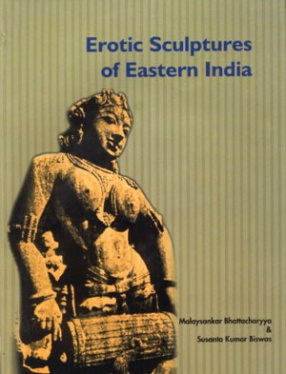
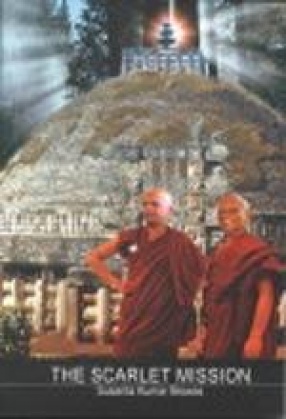
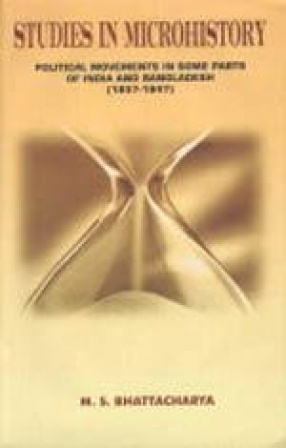
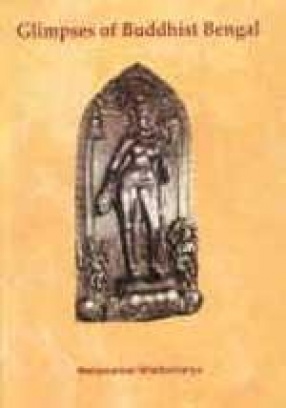

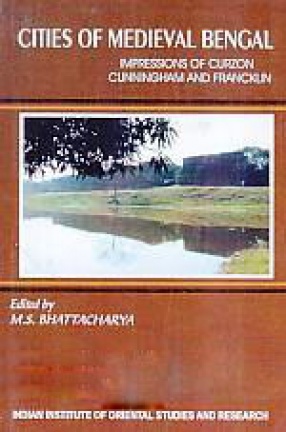

Rarely has so much effort been packed into one macro level study of Indian iconography. Travelling extensively throughout the length and breath of six eastern Indian States of Bengal, Bihar, Jharkhand, Orissa, Assam and Tripura over a period of five years, defying extreme climates ignoring extremist threats and braving the inhospitable right outs on unknown roads historians Malaysankar Bhattacharyya and Susanta Kumar Biswas have managed to put together some of ...
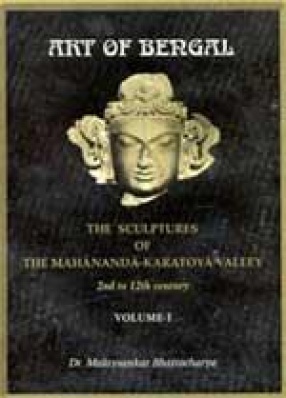
A noted exponent of ancient and early medieval Indian art Dr. M.S. Bhattacharya obtained his Ph.d. degree from the North Bengal University in 1987. He worked as the curator of the Malda Museum of Archaeology till the early eighties and catalogued the antiquities in the museum. His Art in Stone : A Catalogue of Sculptures in Malda Museum (1982) is widely accepted as one of the most important catalogues of sculptures published in the post war period. For more than ...

The Flemish artist F. Balthazar Solvyns lived in Calcutta from 1791 to 1803 and produced a remarkable series of etchings portraying the people of Bengal in their life and culture. First published in Calcutta in 1796 and redone for a more elaborate Paris edition, Les Hindous 1802-12, some 300 etchings, with their accompanying descriptions, provide a rich and detailed ethnographic survey of India of two hundred years ago. With sections on caste occupations, ...

The time is 9 century A.D. The place, Pala Empire's Capital Gour. Mahendrapala is the all powerful emperor. His territory stretches from Brahmaputra River in the East, to Ayodhya in the West, and Bhutan in the North to the Deltaic regions of Bengal in the South. But a dangerous palace conspiracy is brewing up. The Emperor's own stepbrother Shuropala, whose uncontrollable imperialistic zeal has found support from a greedy and unscrupulous army chief Bhattarak, and ...

In Studies in Microhistory, M.S. Bhattacharya considers the micro aspects of the great political movements in the Indian subcontinent and illustrates the difference of mindset, attitude and aspirations between the national protagonists and their sub-regional followers. Bhattacharya proposes that the local or Sub-Regional Movements often merged with the great mass movements without loosing their own features. Moreover, national leadership sought to accommodate the ...

In Glimpses of Buddhist Bengal, Dr. Malaysankar Bhattacharya considers the reasons behind the growth of Buddhism in Eastern India, its decline and marginalization and its traces that survived through centuries despite inhospitable socio-political milieu. A Directory of the major Buddhist sites in Bengal and its adjoining districts presented in this work is virtually a compendium of art and culture that flourished in the region during the heyday of Buddhism. The ...
